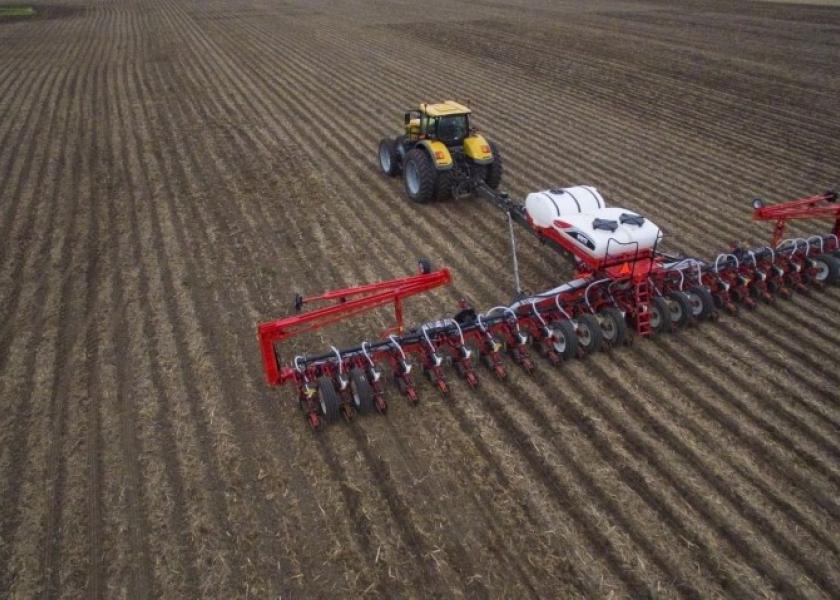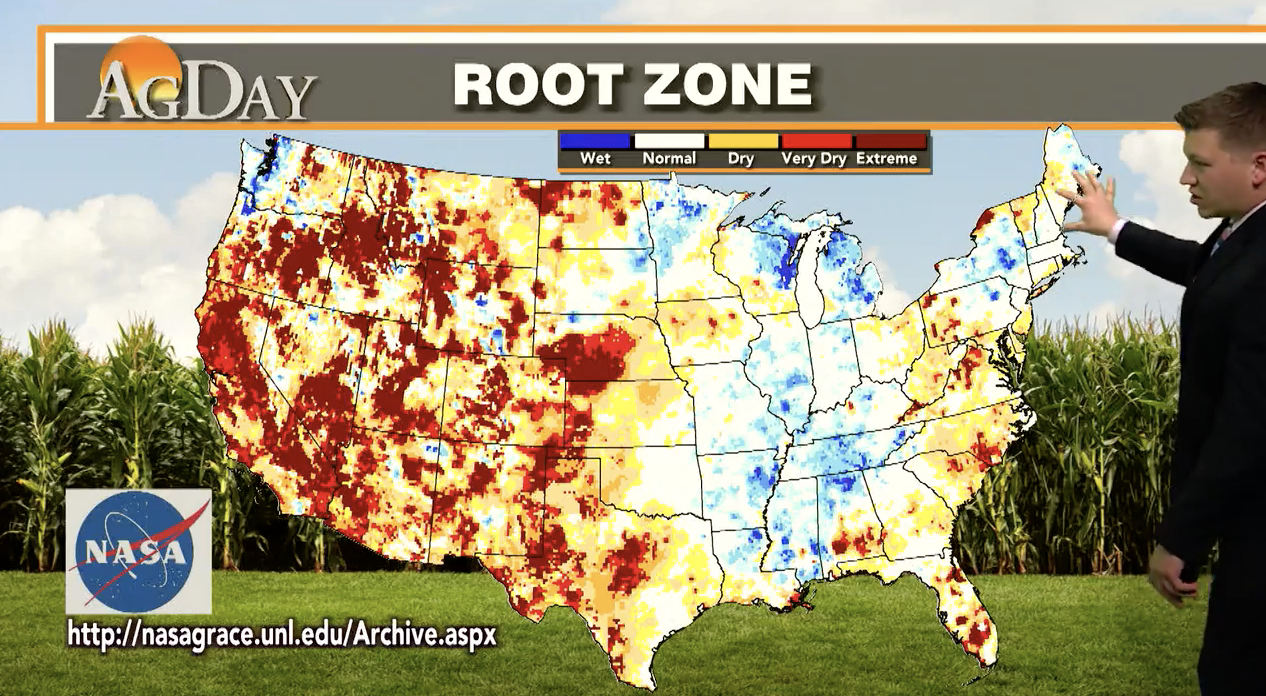How Will La Niña Impact Spring Planting?

Weather predictions can change at the drop of a hat. For example, unexpected rain and snow swept through the Midwest this week, pushing planting plans well into May.
We spoke with three weather experts this week to gauge when the best time is to press “start” on planting, what to expect this growing season, as well as how you can use weather as a chess piece in your operations marketing plans.
When To Trust the Weatherman
Eric Snodgrass, principal atmospheric scientist at Nutrien Ag Solutions, told “Farming the Countryside” Host Andrew McCrea we count on weather forecast accuracy as follows:
• 5-day = 92% accurate
• 7-day = 82% accurate
• 10-day = 55% accurate
Any predictions between 14- and 45-days are considered “no man’s land,” according to Snodgrass. He says they do have better performance in the three- to 9-month range, however.
“What’s interesting is we actually have better predictions in that long-term range because we’re looking month-by-month at the chances of being above or below average, with respect to some variable precipitation or temperature,” Snodgrass says.
Understanding Weather Patterns
La Niña is an unpredictable weather pattern that occurs in the Pacific Ocean that causes high wind speeds. The symptoms of a La Niña are cold ocean temperatures and high upwelling. Opposite to La Niña is El Niño, a low or reserved wind pattern that causes warm ocean temperatures.
According to Snodgrass, La Niña tends to rob the movement of the jet stream that comes over the Midwest, resulting in too much or too little rain, while El Niño often pick up the jet stream.
Current Radar Readings
Weather patterns in the first months of 2022 have shown the U.S. is facing La Niña, according to Snodgrass.
“In 2019, we were coming out of an El Niño, and it was wet everywhere,” he says. “This year, we’ve gone into drought in the western half of the country and the eastern half has been soaked.”
Based on the latest AgDay outlook with Meteorologist Matt Yarosewick, the active La Niña is starting to shift.
“A lot of moisture in parts of the Great Lakes and interior parts of the mid-Atlantic states and Northeast will stay cooler up north with more precipitation, while back in the Northwest, where the La Niña jet stream dips, they’re much warmer and drier,” Yarosewick says. “This pattern is starting to weaken, which could be a sign of change.”
BAMWX’s Long-Range Meteorologist Bret Walts told AgriTalk Host Chip Flory on Monday, April 18, that precipitation and cooler temperatures in the North don’t necessarily rule out drought.
“While it’s been really cold, this wind is evaporating more moisture than it normally would,” Walts says. “Areas in the Corn Belt have been in normal or slightly above normal moisture, but when you couple that moisture level with these winds, they’re actually getting a bit dry.”
Growing Season Weather Outlook
Walts anticipates shots of cold air will bring “unseasonably” cold weather and temperatures in the coming weeks, with frost and freeze potential seeping into the first week of May depending on how far south the frost dips to those who have crops up.
Crop root zones will likely suffer major drought this season for growers in the West, based on Yarosewick’s findings.

“Our root zone coming out of the end of last week shows we’re going to see a lot of moisture in some very damp soil, all the way down the Mississippi, even into Wisconsin and Michigan,” he says. “Texas has been a big area of drought over the last couple months, with western portions of Oklahoma, Kansas and Nebraska to the west are now very dry,”
Summer temperatures in May, June, July and August look to be in the normal to above normal in the Corn Belt, with states in the South, Gulf Coast and the mid-Atlantic states experiencing well above normal temperatures, according to Yarosewick.
Yarosewick says the Mississippi River will serve as a divider between below normal and above normal precipitation levels in the U.S.
“There’s a good portion of the center of the country that will likely be staying in those drought conditions,” Yarosewick says. “The major soy, corn and wheat growing areas to the west are areas to monitor throughout the growing season, as far as drought goes.”
Weather As a Marketing Tool
Farmers place bets on the futures market daily. Snodgrass believes futures generally move on a story, rather than the truth. He says if forecasters agree weather patterns will shift, the markets will use the forecast to bet against it or bet with it, “so never bet the farm on the forecast.”
“With long-range forecasting, I tell people to never adjust a strategy more than a few percent,” Snodgrass says. “Instead of changing your operation, change your marketing strategy.”
Read more on weather:
> Ranchers Now Faced With Difficult Decisions As Drought and Wildfires Wage War on the Plains
> Texas Farmers Worry Unplanted Corn Crop May Shrivel Up
> Snowmageddon Dumps Massive Snow and Headaches on North Dakota Dairy Farmers







